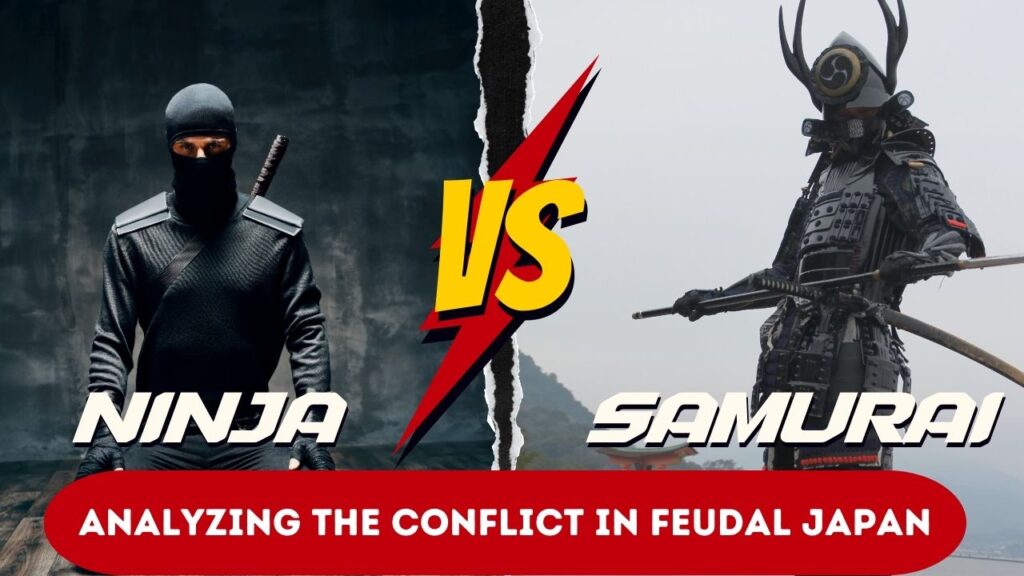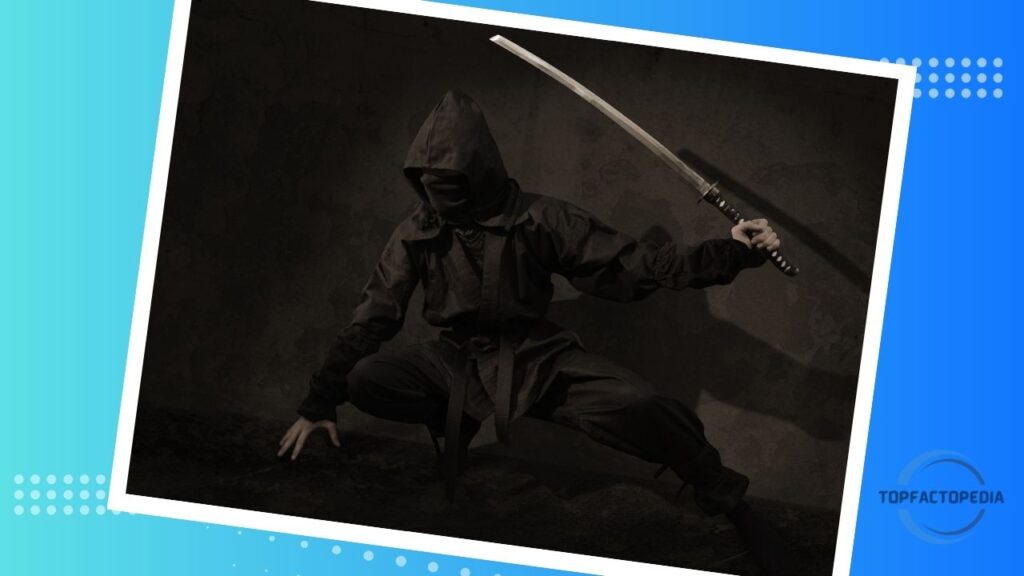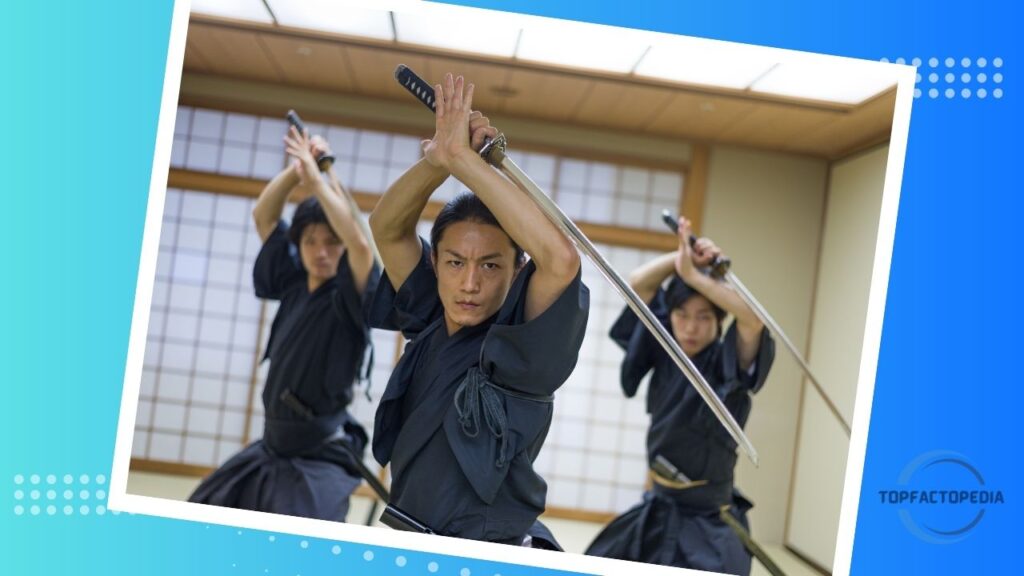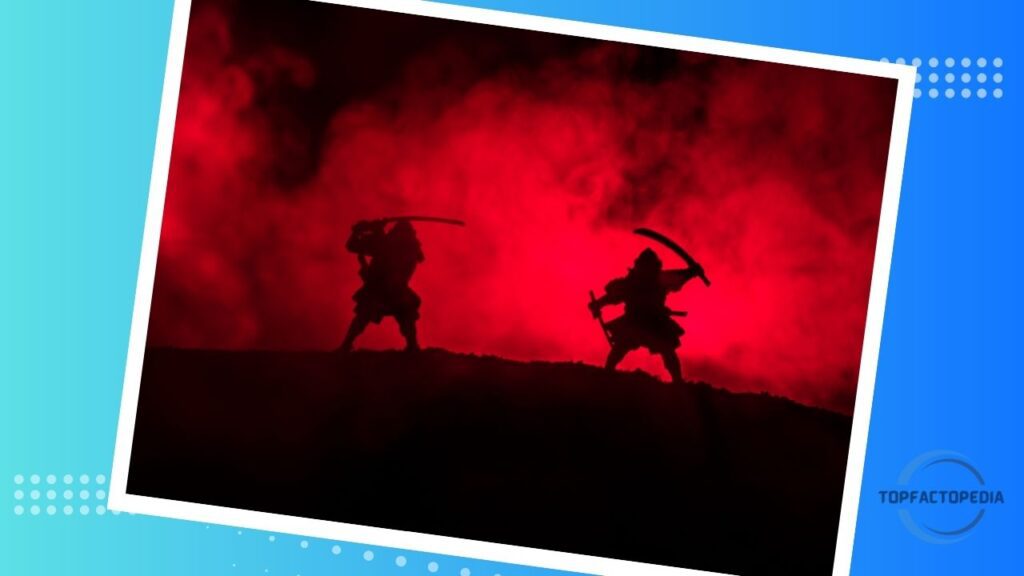
Introduction
In feudal Japan, the samurai vs ninja fought each other in a very interesting way. Both were important figures in the history of the country and did important things in war, politics, and espionage. This article will look at how these two famous groups are different, how they train, and how they fit into history. This will shed light on their interesting rivalry.
Origins of the Samurai and Ninja
During Japan’s feudal era, which lasted from the 12th to the 19th century, the samurai and ninja were born. The samurai were a group of highly skilled warriors who swore to protect their feudal lords’ lands and serve them. The ninja, on the other hand, were secret agents who were good at spying, sabotage, and guerrilla warfare. Because they came from different places and had different goals, they had different ways of fighting and staying alive.
You may also like: 14 Most Fearless African Tribes: Exploring Courage and Resilience
Samurai: The Noble Warriors

People respected the samurai for their unwavering loyalty, their strict code of honour called “Bushido,” and their excellent fighting skills. Let’s look at some of the most important parts of their way of life.
Bushido: The Way of the Samurai
The samurai lived by the “way of the warrior,” which was called “bushido.” It focused on good qualities like loyalty, honour, honesty, and self-discipline. The samurai lived by these rules and were expected to be loyal to their lords no matter what, even if it meant risking their lives.
Samurai Armor and Weaponry
Samurai warriors wore a type of armour called “yoroi,” which was made up of several metal or leather plates. They used a variety of weapons, such as the katana, the wakizashi, and the yumi, which is a bow and arrow. Kenjutsu, which means “the way of the sword,” was an important part of a samurai’s training.
Training and Discipline
Samurai training was hard and included many different skills. They got better at fighting by working out very hard, practicing with bows, and riding horses. Also, they trained their minds to be more disciplined by meditating and studying literature, poetry, and philosophy.
Ninja: The Shadow Warriors

The samurai stood for honour and loyalty, but the ninja lived in the shadows and used spying, sabotage, and other unusual ways to fight. They were a strong force because they were sneaky and kept secrets.
Ninja’s Espionage and Stealth Techniques
Ninjas were great at doing things in secret, like gathering information, sneaking into enemy territory, and killing people. They were experts at hiding, lying, and getting away, and they used camouflage, espionage, and distraction to get what they wanted.
Tools of the Ninja Trade
Ninjas used a wide range of special tools, such as shuriken (throwing stars), kunai (multi-use knives), smoke bombs, and grappling hooks. They were good at making things up on the spot, and they used everyday items as weapons or tools on their missions.
The Art of Ninjutsu
Ninjutsu was the art of the ninja, and it was more than just fighting. It covered spying, sneaking, putting on a disguise, medicine, and ways to stay alive. Ninja training was kept secret, passed down orally, and only given to people who could be trusted.
Samurai vs Ninja: Roles in Feudal Japan

In feudal Japan, the samurai and ninja had different jobs that reflected their different ways of thinking and fighting.
Samurai: Protectors of Honor and Loyalty
Samurai were the brave warriors who fought for their lords and kept order, honour, and loyalty up. They fought in open battles and stuck to a set of rules that stressed bravery, skill in battle, and honour. People had a lot of respect for the samurai.
Ninja: Masters of Spying and Guerrilla Warfare
Ninjas worked in the shadows and went on secret missions to find out about their enemies, sabotage their plans, and stop them from doing their jobs. They used guerrilla tactics, hitting quickly and running away in the dark. The samurai often thought the ninja’s job was dishonourable because they used tricks and lies.
Instances of Samurai and Ninja Clashes
Even though samurai and ninja had different goals, they sometimes ran into each other, which led to some memorable fights. According to history, there were times when samurai tried to get rid of ninja clans because they saw them as a threat. These battles showed how different each group’s way of fighting was from the other’s.
You may also like: Top 10 Scary Games Of All Time To Test Your Courage
Historical Context: Feudal Japan

To understand how important the rivalry between samurai and ninja was, you need to know about feudal Japan.
Socio-Political Landscape
In feudal Japan, the government was not centralized. Instead, powerful local lords called daimyo ran their own areas. The samurai were their servants, and in exchange for land and special rights, they kept them safe. Ninjas, who often worked as mercenaries or spies, used their skills to survive and succeed in this complicated world.
Influence on Japanese Culture and Society
The samurai and ninja changed Japanese culture and society in a way that can’t be erased. They came to stand for honour, loyalty, discipline, and sneakiness. Their stories and legends continue to capture people’s imaginations and inspire different kinds of art, such as literature, theatre, and movies.
Conclusion
In feudal Japan, the rivalry between the samurai and the ninja showed how different ways of thinking and fighting were. The samurai valued honour, loyalty, and fighting in the open, while the ninja thrived in the shadows and used espionage and stealth to get what they wanted. Even though they were different, they both had a big impact on Japan’s history and culture.
FAQs
Q: Were samurai and ninja enemies?
A: Even though samurai and ninja had different jobs and ideas, they were not always at war with each other. Some samurai lords hired ninja to spy on their enemies or kill them.
Q: Can someone become a samurai or ninja today?
A: The time of samurais and ninjas is over. But their traditions live on in different parts of culture, and modern martial arts and training systems are influenced by them.
Q: Did all samurai follow the code of Bushido?
A: Even though Bushido was the best way to live, not all samurai followed it to the letter. Individual samurai’s actions were affected by things like their own lives and the social climate at the time.



